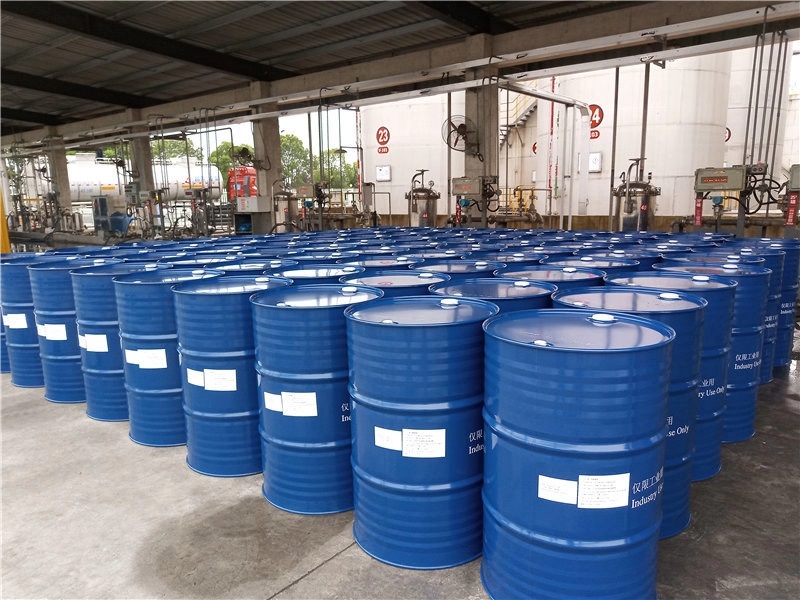We unleash your business potential by maximize the business innovation.
Send EmailPhenoxytol, Phenoxetol, phenyl monoglycol ether, Ethylene glycol phenyl ether, PhG, dowanol ep, Arosol, rose ether, dowanol eph, Phenyl cellosolve, glycol monophenyl ether, 2-Phenoxyethanol, 122-99-6
CAS: 122-99-6
Molecular Formula: C8H10O2
Names and Identifiers
| Name | 2-Phenoxyethanol |
| Synonyms | PhG Arosol phenoxytol Phenoxetol dowanol ep rose ether emery 6705 Phenoxethol dowanol eph Euxyl K 400 Protectol PE emeressence 1160 2-Phenoxyethanol Phenoxyl ethanol 2-phenoxy ethanol Phenyl cellosolve beta-Phenoxyethanol Phenoxyethyl alcohol ACETONITRILE ACS GRADE phenylmonoglycol ether beta-phenoxyethanol[qr] glycol monophenyl ether (2-Hydroxyethoxy)benzene beta-phenoxyethyl alcohol 1-Hydroxy-2-phenoxyethane b-Hydroxyethyl phenyl ether 2-hydroxyethyl phenyl ether Ethylene glycol phenyl ether Ethylene glycol mono phenyl ether ETHYLENE GLYCOL MONOPHENYL ETHER FOR SYN Ethylene Glycol Monophenyl EtherPhenyl CellosolvePhenyl Glycol |
| CAS | 122-99-6 |
| EINECS | 204-589-7 |
| InChI | InChI=1/C8H10O2/c9-6-7-10-8-4-2-1-3-5-8/h1-5,9H,6-7H2 |
| InChIKey | QCDWFXQBSFUVSP-UHFFFAOYSA-N |
Physico-chemical Properties
| Molecular Formula | C8H10O2 |
| Molar Mass | 138.16 |
| Density | 1.102 g/mL at 25 °C (lit.) |
| Melting Point | 11-13 °C (lit.) |
| Boling Point | 247 °C (lit.) |
| Flash Point | >230°F |
| Water Solubility | 30 g/L (20 ºC) |
| Solubility | soluble, clear, colorless to very faintly yellow |
| Vapor Presure | 0.01 mm Hg ( 20 °C) |
| Vapor Density | 4.8 (vs air) |
| Appearance | Transparent viscous liquid |
| Specific Gravity | 1.109 (20/4℃) |
| Color | Clear colorless |
| Odor | Faint aromatic odor |
| Merck | 14,7257 |
| BRN | 1364011 |
| pKa | 14.36±0.10(Predicted) |
| PH | 7 (10g/l, H2O, 23℃) |
| Storage Condition | Store below +30°C. |
| Explosive Limit | 1.4-9.0%(V) |
| Refractive Index | n20/D 1.539 |
| MDL | MFCD00002857 |
| Physical and Chemical Properties | Density 1.102 melting point 11-13°C boiling point 237°C refractive index 1.536-1.54 flash point 130°C water-soluble 30g/L (20°C) |
| Use | Can be used as water-based coatings and ink film-forming additives, perfume fixative, ink fluent agent, medicinal antiseptic, electronic cleaning agent and ink slow drying agent |
Risk and Safety
| Risk Codes | R22 - Harmful if swallowed R36 - Irritating to the eyes |
| Safety Description | S26 - In case of contact with eyes, rinse immediately with plenty of water and seek medical advice. |
| WGK Germany | 1 |
| RTECS | KM0350000 |
| TSCA | Yes |
| HS Code | 29094990 |
| Hazard Note | Irritant |
| Toxicity | LD50 orally in Rabbit: 1850 mg/kg LD50 dermal Rabbit > 2000 mg/kg |
Upstream Downstream Industry
| Raw Materials | Ethylene Oxide |
Introduction
Slightly rose fragrance, low volatilization, colorless and transparent with high boiling point. Easily soluble in alcohol, ether and sodium hydroxide solution, slightly soluble in water. It is stable in acid or alkali and has a burning smell. Because it is miscible with many organic solvents and has strong permeability, it has outstanding comprehensive performance compared with isophorone (commonly known as 783), DBE and benzyl alcohol, and can be used instead of full performance.
Reference Information
| FEMA | 4620 | 2-PHENOXYETHANOL |
| pH indicator color change ph range | 7 at 10g/l at 23 c |
| LogP | 1.2 at 23℃ |
| Toxicity | Ethylene glycol phenyl ether is currently a standard preservative compound and generally does not release formaldehyde. Compared with compounds that release formaldehyde, phenoxyethanol is a better substitute. The data in the 2007 edition of "Current Situation and Development of Cosmetic Preservatives" show that the toxicological data LD50 (median lethal dose) of phenoxyethanol: 3000 mg/kg in rats and 4000 mg/kg in mice, which is mild toxicity. |
| synthesis | phenol and ethylene oxide are condensed under the action of sodium acetate or sodium hydroxide. the reaction is as follows: the method needs to be carried out at a temperature of 20 ℃ and a pressure of 0.2-0.25 MPa. Suitable for mass and industrial production. |
| use | ethylene glycol phenyl ether (KL-EPH) is a typical high boiling point organic solvent, which has been widely used in Europe and America as early as the 1970 s. It is a colorless and transparent liquid with slightly rose fragrance, low volatilization and high boiling point. Because it can be miscible with many organic solvents and has strong permeability, it has outstanding comprehensive performance compared with isophorone (commonly known as 783), DBE and benzyl alcohol, and can be used instead of full performance. KL-EPH has excellent solubility to acrylic resin, nitrocellulose, ethyl cellulose, epoxy resin, alkyd resin, phenoxy resin and other resins, and can be miscible with alcohol and ether, commonly known as "universal solvent". ethylene glycol phenyl ether can be used as water-based coatings and ink film-forming additives, fragrance fixatives, ink fluency agents, medicinal antiseptic fungicides, electronic cleaning agents and ink slow-drying agents, etc |
| production method | is obtained by the addition of phenol and ethylene oxide. The reaction is carried out in the presence of sodium acetate or sodium hydroxide, the reaction temperature is 200 ℃, and the pressure is 0.2-0.25MPa. |
| spontaneous combustion temperature | 535°C DIN 51794 |


